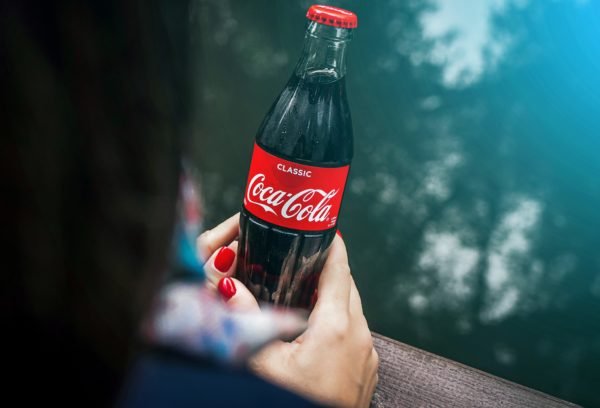Brand names surround us. Facebook. Netflix. Coca Cola. Starbucks. Heinz.
The brands that we all love and recognise internationally have become household names because they stick and roll off the tongue. But also because what they stand for. What the brand represents and the feelings you get when you hear the name. The actions a company takes and the values it represents say far more than the name alone. But nonetheless, the brand name matters. A lot.

For the vast majority of business owners the goal is to build a solid brand. Ideally, one that’s associated with positive connotations for the consumer where people learn to mentally link your brand with good things right from the get-go. There are reasons for each one as to why these became successful names, but where did some of the biggest and most well-loved brand names come from in the first place? Some were conceived at a brand naming agency sure, however some come from the founder and have a deep meaning, touching on heritage.
The name itself carries more weight than you might think and can mark the difference between a brand that gains traction and one that falls flat. Let’s take a look at the origins of some of the world’s most successful brand names.
Adidas
Contrary to popular belief, Adidas isn’t actually an acronym for “All Day I Dream About Soccer”. The sports clothing brand actually obtained its name from the founder, Adolf Dassler. When he returned from offering his services in World War I, Dassler began creating sports shoes. He then decided to name the company as a product of the first three letters of his forename and surname, hence Adidas.
IKEA
Many people believe that IKEA is a Swedish word that many people don’t understand. However, the furniture selling company’s name has a completely different meaning. IKEA founder Ingvar Kamprad grew up on Elmtaryd Farm in Agunnaryd. To pay homage to his origins, Kamprad decided to amalgamate his initials with the first letters of the farm and city he grew up – alas, we have IKEA.
Gap
Founded in 1969, GAP is an American worldwide clothing and accessories retailer. Due to the brand name’s typography using capital letters on products, consumers tend to believe the name is an acronym. Nonetheless, the name refers to the generation gap between children and adults. This was used as the name to convey the idea that both adults and children will benefit from Gap.
Amazon
Back in 1995 when Amazon was founded, founder Jeff Bezos was thinking differently for his brand name. Wanting to call his online book store “Cadabra”, Todd Tarbert, (Amazon’s first lawyer) suggest the name sounded similar to “Cadaver”. As a result of this, Bezos chose to use the name Amazon – after the world’s largest river. As a result, an image of the river was incorporated into the logo and has now become one of the biggest brands in the world.
Haagen-Dazs
As a way to pay tribute to Denmark, a Jewish immigrant from Poland named Reuben Mattus called his ice-cream brand Haagen-Dazs. However, the name itself doesn’t actually make any literal sense. Mattus once said that “The only country which saved the Jews during World War II was Denmark, so I put together a totally fictitious Danish name and had it registered”. Even though the name doesn’t mean anything, Mattus stated that the name would “attract attention, especially with the umlaut”. The name did grab attention and remains a dominant brand to this day.
Nike
Alongside the popular debate of whether Nike is pronounced as “Ni-ke” or “Ni-key”, (it is in fact Ni-key) people often discuss the origins of the brand name. Now generating over $30B annually, the company’s name was almost completely different. After one of the CEO’s suggested the names “Bengal” and “Peregrine”, his fellow CEO came up with “Nike”. Neither of them were fond of the names but with their new shoes being dispatched at 9AM the following day, a decision had to be made. When people woke up in the morning, the word Nike, (named after the Greek winged goddess of victory) was printed on thousands of shoeboxes. The rest is history.
McDonalds
As the film “The Founder” now depicts the story of, Raymond Kroc was once a milkshake machine salesman. He met brothers Dick and Mac McDonald who owned a burger bar in California. The brothers became consumers of his milkshake makers and Kroc became their agent. After installing many franchises around America, Kroc bought the right to the name “McDonald’s” and took over their company. “Kroc-donalds” just doesn’t sound right.
